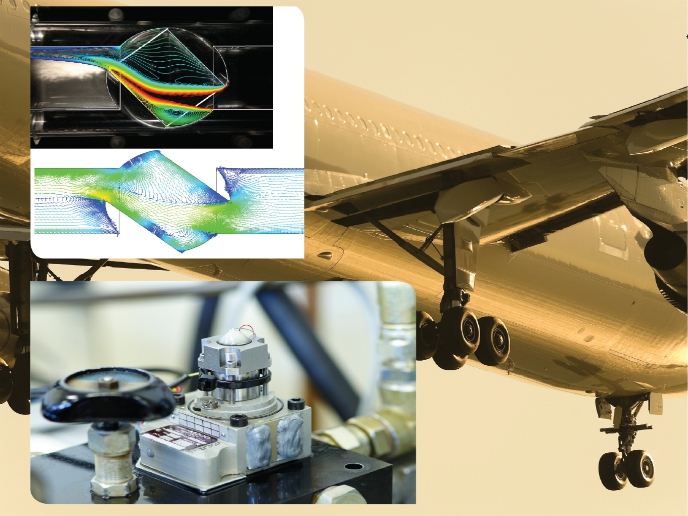The many-valued turn in logic
The idea of considering an intermediate truth value rather than just the two-valued set 'true' and 'false' has been extensively used by Jan Łukasiewicz and others since the 1920s. As one of the most attractive candidates for fuzzy reasoning, the initial three-valued logic was generalised to many-valued and infinitely-many-valued variants. Building on the work of Łukasiewicz, the concept of many-valued algebras was introduced soon after, just as classical two-valued logic gave rise to Boolean algebras. The EU-funded project TOPREPMVALG (Topological representation of MV-algebras) worked on a topological representation theory that will allow a complete description of all the possible interrelations between the various many-valued algebras. The focus was on different classes of many-valued algebras as well as other related mathematical structures. Dualities were found and established among strongly semi-simple many-valued algebras, polyhedral many-valued algebras and many others. Researchers then applied these dualities to the study of open problems such as the characterisation of finitely generated projective many-valued algebras. The results have found applications in other areas of mathematics. For example, automorphisms of free many-valued algebras are intrinsically connected with the general affine linear group over the integers. TOPREPMVALG has yielded numerous publications in high-impact peer-reviewed journals. More importantly, a very promising research line has opened up as Łukasiewicz logic and algebras are not only powerful tools but also provide a natural conceptual framework to generalise fundamental mathematical notions for fuzzy reasoning.







